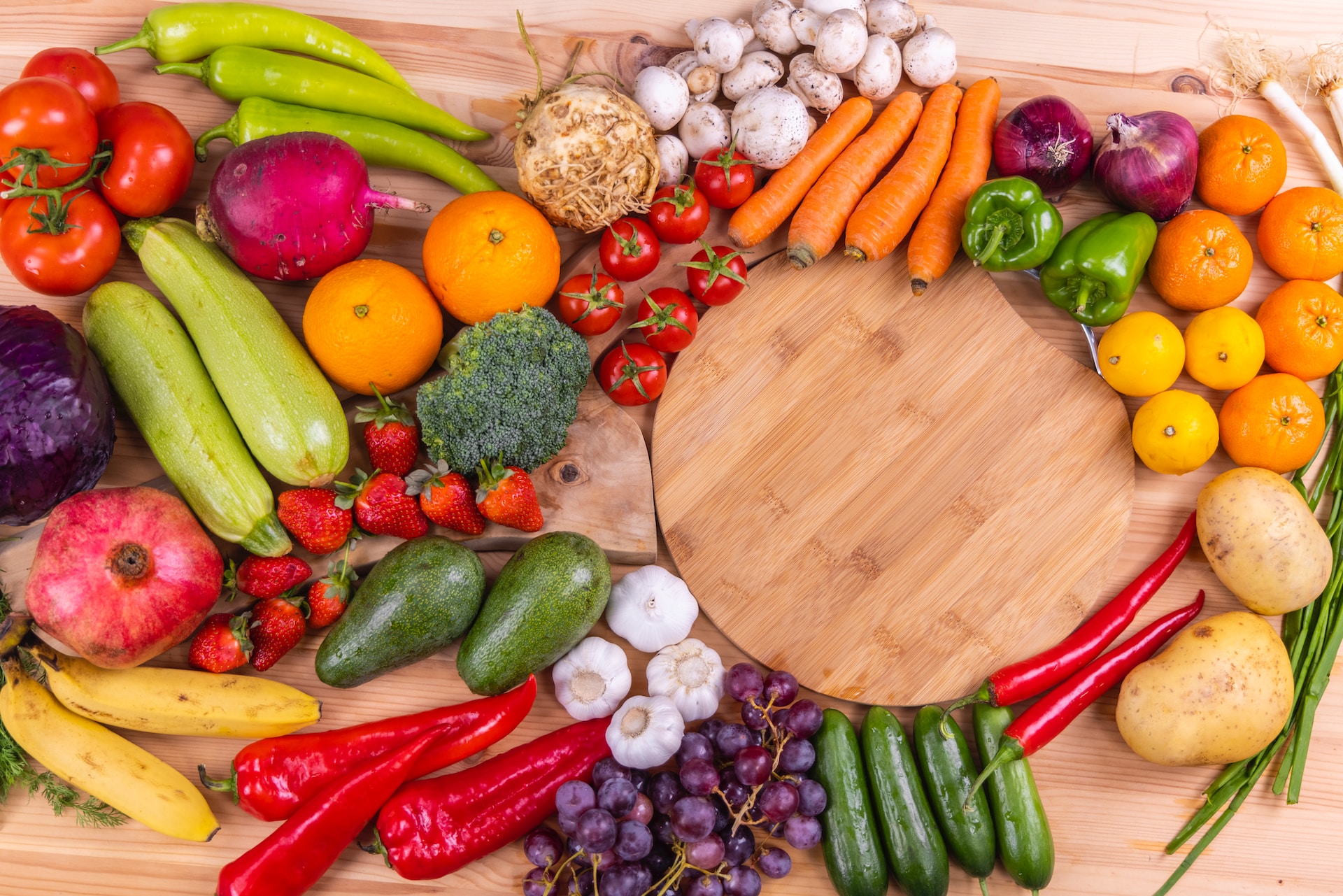

Articles
How To Store Veggies And Fruits
Modified: January 23, 2024
Learn effective ways to store veggies and fruits to keep them fresh and maximize their shelf life. Read our helpful articles on proper storage techniques.
(Many of the links in this article redirect to a specific reviewed product. Your purchase of these products through affiliate links helps to generate commission for Storables.com, at no extra cost. Learn more)
Introduction
Proper storage of fruits and vegetables is essential to maintain their freshness, quality, and nutritional value. Whether you stock up at a local farmer’s market or grow your own produce, knowing how to store them correctly can prevent spoilage and prolong their shelf life.
Many people often overlook the importance of proper storage and end up throwing away wilted greens, rotten fruits, and shriveled vegetables. Not only does this lead to wastage of food and money, but it also deprives us of the essential nutrients these plant-based foods provide.
In this article, we will explore the benefits of proper storage for both fruits and vegetables, as well as provide you with practical tips on how to store various types of produce. By implementing these guidelines, you can ensure that your veggies and fruits stay fresh, crisp, and delicious for as long as possible.
Key Takeaways:
- Maximize freshness and nutrition by storing fruits and veggies properly. Reduce food waste, save money, and enjoy peak flavor with the right storage techniques.
- From leafy greens to exotic fruits, understand unique storage needs to prolong freshness. Embrace sustainable consumption and savor the natural goodness of produce.
Read more: How To Store Fruits And Veggies
Benefits of Proper Storage of Veggies and Fruits
Proper storage of vegetables and fruits offers numerous benefits, including:
- Extended Shelf Life: When stored correctly, vegetables and fruits can stay fresh for a longer period. This allows you to enjoy them at their peak flavor and texture, reducing the likelihood of wastage.
- Preservation of Nutrients: Fresh produce is packed with essential vitamins, minerals, and antioxidants. By storing them properly, you can help retain these nutrients and ensure that you’re getting the maximum health benefits from your fruits and veggies.
- Cost Savings: By avoiding premature spoilage, you can save money by using all the produce you’ve purchased. Instead of constantly buying new supplies, proper storage can help you maximize the value of your groceries.
- Reduction of Food Waste: Food waste is a significant issue worldwide, and fruits and vegetables contribute to a large portion of it. By storing produce correctly, you can play your part in reducing food waste and promoting sustainable consumption.
- Convenience: With well-stored fruits and vegetables, you always have fresh options available for your meals and snacks. This eliminates the need for frequent grocery runs and ensures that you have a variety of nutrient-rich foods at your disposal.
By understanding the benefits of proper storage, you can prioritize the care and preservation of your fruits and vegetables, elevating your culinary experiences and promoting a healthy lifestyle.
General Tips for Storing Veggies and Fruits
Before we dive into specific storage techniques for different types of produce, here are some general tips to keep in mind:
- Inspect for Quality: Before storing any fruits or vegetables, inspect them for any signs of spoilage or damage. Remove any bruised or rotten pieces to prevent the spread of decay to other items.
- Separate Ethylene Producers and Ethylene-Sensitive Items: Certain fruits and vegetables release ethylene gas, which can accelerate ripening and spoilage in other produce items. Keep ethylene producers like apples, bananas, and tomatoes separate from ethylene-sensitive items like leafy greens, carrots, and broccoli.
- Remove Rubber Bands and Ties: Remove any rubber bands, ties, or packaging materials that may constrict the airflow around the produce. This will help maintain optimal freshness.
- Store in Proper Containers: Use breathable containers like mesh bags, paper bags, or perforated plastic bags to store fruits and vegetables. Alternatively, you can use airtight containers for items that require higher humidity, such as berries.
- Keep Moisture in Check: Excess moisture can lead to mold and spoilage. Make sure to dry off any excess moisture before storing your produce or use a paper towel to absorb moisture in the container.
- Store in the Right Temperature: Fruits and vegetables have different temperature requirements for optimal storage. Most vegetables thrive in cooler temperatures, while fruits prefer slightly higher temperatures. Find the ideal temperature range for each item and store them accordingly.
- Avoid Sunlight: Direct sunlight can cause fruits and vegetables to ripen and spoil more quickly. Store them in a cool, dark place away from direct sunlight.
- Regularly Check and Rotate: Monitor your stored produce regularly and consume the items that are nearing their expiration date. By rotating your stock, you’ll ensure that nothing goes to waste.
By following these general tips, you can create an optimal storage environment for your fruits and vegetables, promoting longevity and maintaining their freshness.
Storing Leafy Greens
Leafy greens like lettuce, spinach, kale, and Swiss chard are packed with vitamins and minerals. To keep them fresh and crisp, follow these storage tips:
- Rinse and Dry: Give the leafy greens a gentle rinse under cool water to remove any dirt or debris. Allow them to air dry or use a salad spinner to remove excess moisture.
- Wrap in Damp Paper Towels: Place the dry greens in airtight containers or resealable plastic bags lined with slightly damp paper towels. The moisture will help maintain the crispness without making them soggy.
- Green Bags: Alternatively, you can invest in green bags specifically designed for storing leafy greens. These bags help regulate humidity, allowing the greens to stay fresh for a longer time.
- Refrigerate: Store the leafy greens in the refrigerator’s crisper drawer, which provides a controlled environment with slightly higher humidity. Avoid overcrowding to allow proper airflow.
- Consume within a Week: Leafy greens are best consumed within a week of purchase or harvest. As they age, they can become wilted, lose their nutritional value, and develop a bitter taste.
By following these storage guidelines, you can ensure that your leafy greens remain vibrant, crisp, and ready to use in your salads, stir-fries, and other dishes.
Storing Root Vegetables
Root vegetables like carrots, beets, radishes, and turnips are known for their earthy flavors and nutritional benefits. To keep them fresh and flavorful for longer, consider the following storage tips:
- Remove Greens: When storing root vegetables, it’s essential to remove the leafy greens attached to them. The greens draw moisture and nutrients from the roots, causing them to deteriorate more quickly.
- Trim Excess Greens: If you prefer to keep the greens for later use, trim them to about an inch from the root. This helps reduce the moisture loss and prolongs the life of both the root and the greens.
- Wrap in Paper Towels: After removing the greens, gently wash and dry the roots. Wrap them individually in dry paper towels to prevent excess moisture and store them in a breathable bag or container.
- Store in a Cool, Dark Place: Root vegetables prefer cool temperatures and darkness. Find a spot in your pantry, basement, or root cellar where the temperature is around 32°F to 40°F (0°C to 4°C).
- Avoid Refrigeration: While some root vegetables can be stored in the refrigerator, it’s best to keep them in a cool, dark place to preserve their flavors and textures.
- Regularly Check for Spoilage: Root vegetables can spoil if not stored properly. Check them periodically and discard any that show signs of rot or decay to prevent the spread to other vegetables.
By following these storage guidelines, you can keep your root vegetables fresh, crisp, and ready to be used in soups, stews, roasts, or as a nutritious side dish.
Read more: How To Store Cut Veggies
Storing Cruciferous Vegetables
Cruciferous vegetables, such as broccoli, cauliflower, cabbage, and Brussels sprouts, are packed with vitamins, minerals, and antioxidants. To maintain their freshness and nutritional value, consider these storage tips:
- Trim and Clean: Start by removing any damaged or yellowed leaves from the vegetables. Rinse them under cool water to remove any dirt or debris.
- Dry Thoroughly: Cruciferous vegetables have a high water content, so it’s important to dry them thoroughly after rinsing. Use a clean towel or a salad spinner to eliminate excess moisture.
- Wrap in Plastic or Store in airtight container: Once dry, wrap the vegetables loosely in a plastic bag or store them in an airtight container. This will help maintain their crispness and prevent them from wilting.
- Refrigerate: Place the wrapped or containerized vegetables in the refrigerator’s crisper drawer. The cool temperature and humidity control will help prolong their freshness.
- Consume within a Week: Cruciferous vegetables are best consumed within a week to ensure their optimal flavor and texture. As they age, they can become more bitter and lose some of their nutritional value.
By following these storage guidelines, you can enjoy the full nutritional benefits of cruciferous vegetables in your stir-fries, salads, roasted dishes, and more.
Storing Citrus Fruits
Citrus fruits like oranges, lemons, limes, and grapefruits are not only refreshing but also packed with immune-boosting vitamins and antioxidants. To keep them juicy and flavorful, follow these storage tips:
- Avoid Washing: Unlike some other fruits, it’s best to store citrus fruits without washing them. The natural protective coating on the skin helps to keep them fresh.
- Store at Room Temperature: Citrus fruits can be stored at room temperature for up to a week. Find a cool, well-ventilated spot away from direct sunlight.
- Refrigerate for Extended Storage: If you have a surplus of citrus fruits or want to extend their shelf life, you can store them in the refrigerator. Place them in a mesh bag or in the crisper drawer to maintain humidity.
- Avoid Stacking: To prevent bruising or damage, avoid stacking citrus fruits on top of one another. Instead, store them in a single layer or place a layer of paper towels between the fruits.
- Inspect Regularly: Check your citrus fruits regularly for any signs of spoilage or mold. Remove any damaged fruits to prevent the spread of decay.
- Keep Separate from Ethylene Producers: Citrus fruits are not ethylene producers, but they can be sensitive to ethylene gas. Keep them separate from ethylene-producing fruits like apples and bananas to prevent premature ripening.
By following these storage guidelines, you can enjoy the vibrant flavors of citrus fruits in juices, salads, desserts, and other delicious recipes.
Storing Berries
Berries, such as strawberries, raspberries, blueberries, and blackberries, are delicate fruits that require proper handling and storage to maintain their freshness and flavor. Follow these storage tips to make the most of your berry haul:
- Do Not Wash Until Ready to Use: Berries are highly perishable and washing them before storage can lead to excess moisture, causing them to spoil quickly. Only wash berries right before you plan to eat or use them.
- Remove Any Moldy or Damaged Berries: Inspect your berries and discard any that are moldy or show signs of spoilage. A single spoiled berry can quickly affect the others.
- Line a Container with Paper Towels: Place a layer of dry paper towels at the bottom of a breathable container to absorb excess moisture and prevent the berries from sitting in their own juices.
- Place Berries in a Single Layer: Arrange the berries in a single layer in the container, avoiding overcrowding. This will help maintain their shape and prevent crushing.
- Cover and Refrigerate: Once the berries are arranged, cover the container with a lid or plastic wrap and place it in the refrigerator. The cool temperature will help slow down the ripening process and extend their shelf life.
- Consume Within a Few Days: Berries are best consumed within a few days of purchase or harvest. While they can be refrigerated for longer periods, their flavor and texture are best enjoyed when fresh.
- Freeze for Long-Term Storage: If you have an abundance of berries, freezing is a great option for long-term storage. Wash and dry the berries, then spread them in a single layer on a baking sheet and freeze. Once frozen, transfer them to a freezer-safe container or bag.
By following these storage tips, you can enjoy the exquisite sweetness and vibrant colors of berries in smoothies, baked goods, salads, or enjoyed on their own.
Storing Apples and Pears
Apples and pears are popular fruits known for their crisp texture and sweet flavors. Proper storage will help extend their shelf life and maintain their deliciousness. Here’s how to store apples and pears:
- Separate Ripe from Unripe Fruits: If you have a mix of ripe and unripe apples or pears, it’s best to store them separately. Ripe fruits release ethylene gas, which can speed up the ripening process of unripe fruits.
- Choose the Right Storage Location: Apples and pears can be stored at room temperature, ideally in a cool and well-ventilated area. Do not store them near heat sources, as it can cause them to ripen and spoil faster.
- Don’t Store with Other Fruits and Vegetables: Apples and pears release ethylene gas, which can negatively affect the freshness and quality of other fruits and vegetables. Keep them separate from other produce to prevent premature ripening.
- Remove Damaged or Overripe Fruits: Inspect your apples and pears regularly and remove any damaged or overripe ones. This will prevent the spread of decay and prolong the freshness of the remaining fruits.
- Refrigerate if Needed: If you live in a warmer climate or want to extend the shelf life of your apples and pears, refrigeration is an option. Place them in a drawer or crisper compartment, away from produce with strong odors.
- Wrap in Paper or Store in Paper Bags: For longer storage, individually wrap each apple or pear in paper or store them in paper bags. This helps absorb excess moisture and maintain their natural flavor and texture.
- Check for Ripeness: Check your stored fruits periodically and consume them when they reach your desired level of ripeness. Apples and pears can continue to ripen off the tree, so monitor them closely to avoid overripening.
By following these storage guidelines, you can enjoy the crisp sweetness of apples and the juicy goodness of pears in various recipes or simply as a healthy snack.
Store vegetables and fruits in the crisper drawer of your refrigerator to maintain their freshness. Keep them in separate bags to prevent them from ripening too quickly.
Read more: How To Store Prepped Veggies
Storing Stone Fruits
Stone fruits, such as peaches, plums, nectarines, cherries, and apricots, are beloved for their juicy flesh and sweet taste. Proper storage is key to preserving their flavors and textures. Here’s how to store stone fruits:
- Handle with Care: Handle stone fruits with care to prevent bruising or damaging their delicate skin.
- Separate Ripe from Unripe Fruits: If you have a mix of ripe and unripe stone fruits, it’s best to store them separately. Ripe fruits release ethylene gas, which can accelerate the ripening process of unripe fruits.
- Store at Room Temperature: Stone fruits are best stored at room temperature until they reach your desired level of ripeness. Find a cool and well-ventilated spot away from direct sunlight and heat sources.
- Refrigerate Ripe Fruits: Once your stone fruits have ripened, you can refrigerate them to prolong their shelf life. Place them in a breathable container or perforated plastic bag to maintain their texture and prevent moisture buildup.
- Handle Peaches and Nectarines Gently: Peaches and nectarines are delicate fruits with a tendency to bruise easily. Handle them gently and store them to avoid any unnecessary damage.
- Don’t Wash Until Ready to Use: Avoid washing stone fruits until you’re ready to eat or use them. Excess moisture can lead to spoilage, so it’s best to keep them dry until you’re ready to enjoy them.
- Check for Ripeness: Regularly check your stone fruits for ripeness by gently pressing near the stem. They should yield slightly to pressure without being overly soft.
- Consume within a Few Days: Stone fruits are highly perishable and best enjoyed when fresh. Consume them within a few days of ripeness to savor their peak flavor and juiciness.
By following these storage tips, you can enjoy the succulent sweetness of stone fruits in various desserts, jams, salads, or simply as a refreshing snack.
Storing Bananas
Bananas are a popular and convenient fruit, known for their natural sweetness and nutritional benefits. Proper storage can help extend their shelf life and prevent them from overripening. Here’s how to store bananas:
- Keep Bunches Intact: If you’ve purchased bananas in a bunch, it’s best to keep them together until you’re ready to use them. This helps to slow down the ripening process.
- Separate if Ripening Too Fast: If your bananas are ripening too quickly, you can separate them from the bunch. This will help delay the ripening process and give you more time to consume them.
- Avoid Excess Moisture: Bananas are sensitive to moisture, so it’s important to keep them dry. Avoid washing them until you’re ready to eat them, as excess moisture can lead to rapid spoilage.
- Store at Room Temperature: Bananas are best stored at room temperature, away from direct sunlight and heat sources. The ideal temperature range is between 60°F and 68°F (15°C-20°C).
- Separate from Ethylene-Sensitive Fruit: Bananas release high levels of ethylene gas, which can cause other fruits to ripen quickly. Keep them separate from ethylene-sensitive fruits like apples, pears, and berries to prevent premature spoiling.
- Use Banana Hooks or Hangers: To prevent bananas from bruising, you can hang them on banana hooks or hangers. This allows air to circulate around the fruit and reduces the pressure on individual bananas.
- Refrigerate for Longevity: If your bananas are ripening faster than you can consume them, placing them in the refrigerator can extend their shelf life. The skin may darken, but the fruit inside will stay firm. Note that refrigerated bananas may have a slightly altered texture.
- Freeze for Future Use: If you have overripe bananas, consider freezing them. Simply peel the bananas, slice them, and place them in a freezer-safe bag or container. Frozen bananas are perfect for smoothies, baking, or making creamy homemade banana ice cream.
By following these storage guidelines, you can ensure that your bananas stay fresh and delicious, ready to be enjoyed as a healthy snack or used in various recipes.
Storing Avocados
Avocados are rich, creamy fruits that are highly prized for their versatility and nutritional value. Proper storage is essential to ensure they ripen evenly and stay fresh. Here are some tips for storing avocados:
- Ripen at Room Temperature: If your avocados are unripe, leave them at room temperature to allow them to ripen naturally. Placing them in a paper bag can help hasten the ripening process.
- Check for Ripeness: Gently press the avocados near the stem end to check for ripeness. They should yield slightly to gentle pressure without being too soft or mushy.
- Refrigerate Once Ripe: Once your avocados are ripe, you can slow down the ripening process by placing them in the refrigerator. This can help extend their shelf life by a few more days.
- Store Whole: Keep the avocados whole and do not cut them until you’re ready to consume them. This helps in preserving their freshness and prevents browning.
- Use Lemon Juice: If you have cut an avocado and wish to store the remaining half, brush the exposed flesh with lemon juice to prevent browning. Then wrap it tightly in cling wrap or place it in an airtight container.
- Use an Avocado Saver: Consider using an avocado saver or preserver, designed specifically to minimize the exposure to air and slow down the oxidation process.
- Freeze for Long-Term Storage: If you have ripe avocados that you won’t consume in time, consider freezing them. Cut the avocados in half, remove the pit, and scoop out the flesh. Mash or blend the flesh, add a squeeze of lemon or lime juice, and store it in an airtight container or freezer bag.
- Thaw Properly: When you’re ready to use frozen avocados, thaw them in the refrigerator or at room temperature. Depending on the texture you desire, you can use them in smoothies, dips, or guacamole.
By following these storage tips, you can enjoy ripe, creamy avocados at your own pace, whether it’s spreading them on toast, adding them to salads, or creating delectable guacamole.
Storing Tomatoes
Tomatoes are a versatile and flavorful fruit that adds brightness to countless dishes. Proper storage helps to preserve their taste and texture. Here’s how to store tomatoes:
- Ripe vs. Unripe: Different storage methods apply depending on the ripeness of the tomatoes. Unripe green tomatoes can be stored at room temperature to ripen gradually, while fully ripe tomatoes should be used or refrigerated promptly.
- Avoid Direct Sunlight: Tomatoes should be protected from direct sunlight, as it can cause them to overripen and spoil more quickly. Find a cool spot away from windows or direct light sources.
- Store Stem-Side Up: To prevent bruising and maintain quality, store tomatoes with the stem side facing up. This prevents excess weight from pushing on the tender area around the stem.
- Separate from Ethylene Producers: Tomatoes are sensitive to ethylene gas, so avoid storing them alongside ethylene-producing fruits like apples or bananas. This will help to slow down the ripening process and prevent premature spoilage.
- Refrigerate Ripe Tomatoes: Once tomatoes are fully ripe and at your desired level of flavor, storing them in the refrigerator can help prolong their shelf life. However, refrigeration can affect their texture, so it’s best to use them within a few days.
- Avoid Overcrowding: Proper airflow is essential for preserving the quality of tomatoes. Avoid storing them in a crowded space, as this can lead to faster spoilage. Keep them in a single layer or loosely packed to allow for air circulation.
- Store Cut Tomatoes Properly: If you have cut tomatoes that you’d like to store, cover them with plastic wrap or transfer them to an airtight container. Refrigerate promptly and use within a day or two for optimal freshness.
- Use Freezing for Long-Term Storage: If you have excess tomatoes or want to preserve them for an extended period, consider freezing them. Blanch whole tomatoes briefly, immerse them in an ice bath, peel, and freeze in airtight containers or freezer bags.
By following these storage guidelines, you can enjoy the vibrant flavor of tomatoes in sauces, salads, sandwiches, or as a refreshing addition to any dish.
Read more: How To Store Fruit
Storing Grapes
Grapes are delicious and versatile fruits that are enjoyed fresh or used in various culinary creations. Proper storage is crucial to maintain their sweetness and crisp texture. Here are some tips for storing grapes:
- Inspect for Quality: Before storing, examine the grapes for any damaged or moldy berries. Remove any spoiled grapes to prevent them from affecting the rest.
- Don’t Wash Until Ready to Use: Washing grapes before storage can accelerate spoilage. Keep them dry until you’re ready to consume them to help extend their shelf life.
- Keep on the Stem: Unless you plan to eat or use them immediately, keep the grapes attached to their stem. This helps to preserve their freshness and prevents them from deteriorating too quickly.
- Refrigerate: Grapes are best stored in the refrigerator to maintain their crispness and flavor. Place them in a perforated plastic bag or a breathable container to allow proper airflow.
- Avoid Overcrowding: Do not overcrowd the grapes in the storage container. Leave some space to allow air circulation, which helps to prevent condensation and mold growth.
- Remove Blemished Berries: If you notice any grapes with blemishes or signs of spoilage, remove them immediately to prevent the spread of mold or decay.
- Consume Within a Week: Grapes are best enjoyed within a week of purchase or harvest. As time passes, they may become soft or develop an unpleasant texture.
- Freeze for Longer Storage: If you have excess grapes or want to enjoy them later, freezing is an excellent option. Rinse and dry the grapes, spread them on a baking sheet, freeze until solid, and then transfer them to a freezer-safe bag or container.
By following these storage tips, you can savor the juicy sweetness of grapes as a snack, in fruit salads, or even as a refreshing addition to drinks.
Storing Melons
Melons, such as watermelon, cantaloupe, and honeydew, are delicious and refreshing fruits that are perfect for summer. Proper storage is essential to maintain their juiciness and flavor. Here’s how to store melons:
- Store at Room Temperature: Unripe melons should be stored at room temperature until they are ready to be enjoyed. Find a cool spot away from direct sunlight.
- Separate from Other Produce: Melons produce ethylene gas as they ripen, which can cause other fruits and vegetables to spoil more quickly. Store melons away from other produce to prevent premature ripening.
- Keep Whole Until Ready to Use: It’s best to keep melons whole until you’re ready to consume them. Cutting them exposes the flesh to air, which can accelerate spoilage.
- Refrigerate Ripe Melons: Once a melon is ripe, it’s best to place it in the refrigerator to extend its shelf life. Wrap it in plastic wrap or store it in an airtight container to prevent the absorption of other odors in the refrigerator.
- Wrap Cut Melons: If you have cut melons, wrap the leftover pieces tightly in plastic wrap or store them in an airtight container. Refrigerate promptly and consume within a few days for optimal freshness.
- Keep Moisture Away: Moisture can lead to mold growth, so ensure the melons are dry before storing them. Wipe off any excess moisture on the skin before placing them in the refrigerator.
- Consume Within a Few Days: To enjoy the best flavor and texture, consume melons within a few days of cutting or before their peak ripeness passes.
By following these storage guidelines, you can savor the sweet and juicy goodness of melons in fruit salads, smoothies, or enjoyed on their own as a refreshing summer treat.
Storing Tropical Fruits
Tropical fruits bring a taste of paradise with their vibrant flavors and unique textures. Whether it’s mangoes, pineapples, papayas, or bananas, proper storage is essential to keep them at their best. Here’s how to store tropical fruits:
- Ripen at Room Temperature: If your tropical fruits are not yet ripe, leave them at room temperature to allow them to ripen naturally. Placing them in a paper bag can help speed up the ripening process.
- Check for Ripeness: Each tropical fruit has its own indicators of ripeness. For example, mangoes should yield slightly to gentle pressure when ripe, while pineapples should have a sweet fragrance and golden color. Use your senses to determine their readiness.
- Refrigerate Once Ripe: Once tropical fruits have ripened and are at your desired level of sweetness, you can refrigerate them to prolong their freshness. Pineapples and papayas should be sliced and stored in airtight containers, while mangoes and bananas can be stored as is.
- Store Separately: Tropical fruits may have strong aromas or release ethylene gas. Keep them stored separately from other produce to prevent the transfer of flavors or premature ripening.
- Handle with Care: Tropical fruits are generally delicate, so handle them with care to avoid bruising or damage. Gently place them in storage and avoid stacking them on top of one another.
- Keep Cool and Dry: Tropical fruits prefer cool temperatures, so store them in a cool, well-ventilated area away from direct sunlight. Ensure they are dry before storage to prevent rot or mold growth.
- Consume Promptly: Tropical fruits are perishable and best enjoyed when fresh. Consume them within a few days of ripening to savor their optimal flavors and textures.
- Freeze for Longer Storage: If you have excess tropical fruits or wish to enjoy them later, consider freezing them. Slice the fruits, arrange them on a baking sheet, freeze until solid, and then transfer to freezer-safe bags or containers.
By following these storage tips, you can enjoy the tropical goodness of fruits in smoothies, desserts, salads, or simply as a delightful snack to transport you to an exotic paradise.
Storing Exotic Fruits
Exotic fruits bring unique flavors, textures, and colors to your culinary adventures. Proper storage is essential to maximize their freshness and preserve their delightful qualities. Here’s how to store exotic fruits:
- Check for Ripeness: Exotic fruits come in a variety of shapes, sizes, and ripening patterns. Familiarize yourself with the specific indicators of ripeness for each fruit to determine when they are ready to be consumed.
- Ripen at Room Temperature: Many exotic fruits, like kiwifruit, dragon fruit, and passion fruit, will continue to ripen after being harvested. Place them at room temperature until they reach your desired level of ripeness.
- Refrigerate once Ripe: Once exotic fruits are ripe and fully flavored, you can store them in the refrigerator to extend their shelf life. Keep them in the crisper drawer or in airtight containers to preserve their texture and prevent exposure to other odors.
- Handle with Care: Exotic fruits are often delicate, with sensitive skins or flesh. Handle them gently to avoid bruising or damaging their delicate structures.
- Separate Ethylene Producers: Some exotic fruits, like bananas or avocados, produce ethylene gas which can accelerate the ripening process of other fruits. Keep ethylene-producing fruits separate from more delicate ones to prevent premature spoilage.
- Keep Cool and Dry: Exotic fruits generally prefer cool and dry storage conditions. Find a cool spot away from direct sunlight and moisture to maintain their quality.
- Consume Promptly: Exotic fruits are often highly perishable and best enjoyed when fresh. Try to consume them within a few days of ripeness for optimal flavor and texture.
- Freezing as an Option: If you have surplus exotic fruits or want to enjoy them beyond their peak season, consider freezing them. Remove any peels or skins, slice or dice the fruits, and store them in airtight containers or freezer-safe bags.
By following these storage techniques, you can delight in the exotic flavors and vibrant colors of these unique fruits in various desserts, salads, smoothies, or enjoyed on their own as a special treat.
Read more: How To Store Fruit To Avoid Fruit Flies
Conclusion
Proper storage of fruits and vegetables is essential to extend their shelf life, preserve their nutritional value, and reduce food waste. By following the storage tips outlined in this article, you can enjoy the freshness and flavor of a wide variety of produce for a longer period of time.
From leafy greens to root vegetables, citrus fruits to tropical delights, each type of fruit and vegetable requires unique storage conditions and techniques. Whether it’s keeping them at room temperature, refrigerating them, or freezing them for longer-term storage, understanding the optimal storage methods ensures that you get the most out of your produce.
Not only does proper storage help you save money by reducing food waste, but it also allows you to consume fruits and vegetables at their peak flavor and nutrient content. You can enjoy the benefits of vitamins, minerals, and antioxidants that contribute to a healthy lifestyle.
Remember to inspect your produce regularly, remove any spoiled items, and store them in containers or bags that promote proper airflow and moisture control for each specific fruit or vegetable.
By implementing these storage tips, you can create a kitchen environment that maximizes the freshness and longevity of your fruits and vegetables. Whether you’re preparing a delicious meal, making a nutritious snack, or simply enjoying the natural goodness of these plant-based foods, proper storage ensures that you have vibrant and flavorful produce readily available.
So, don’t let your fruits and vegetables go to waste. With a little knowledge and care, you can preserve their quality and make the most of nature’s bounty while embracing a sustainable approach to food consumption.
Frequently Asked Questions about How To Store Veggies And Fruits
Was this page helpful?
At Storables.com, we guarantee accurate and reliable information. Our content, validated by Expert Board Contributors, is crafted following stringent Editorial Policies. We're committed to providing you with well-researched, expert-backed insights for all your informational needs.
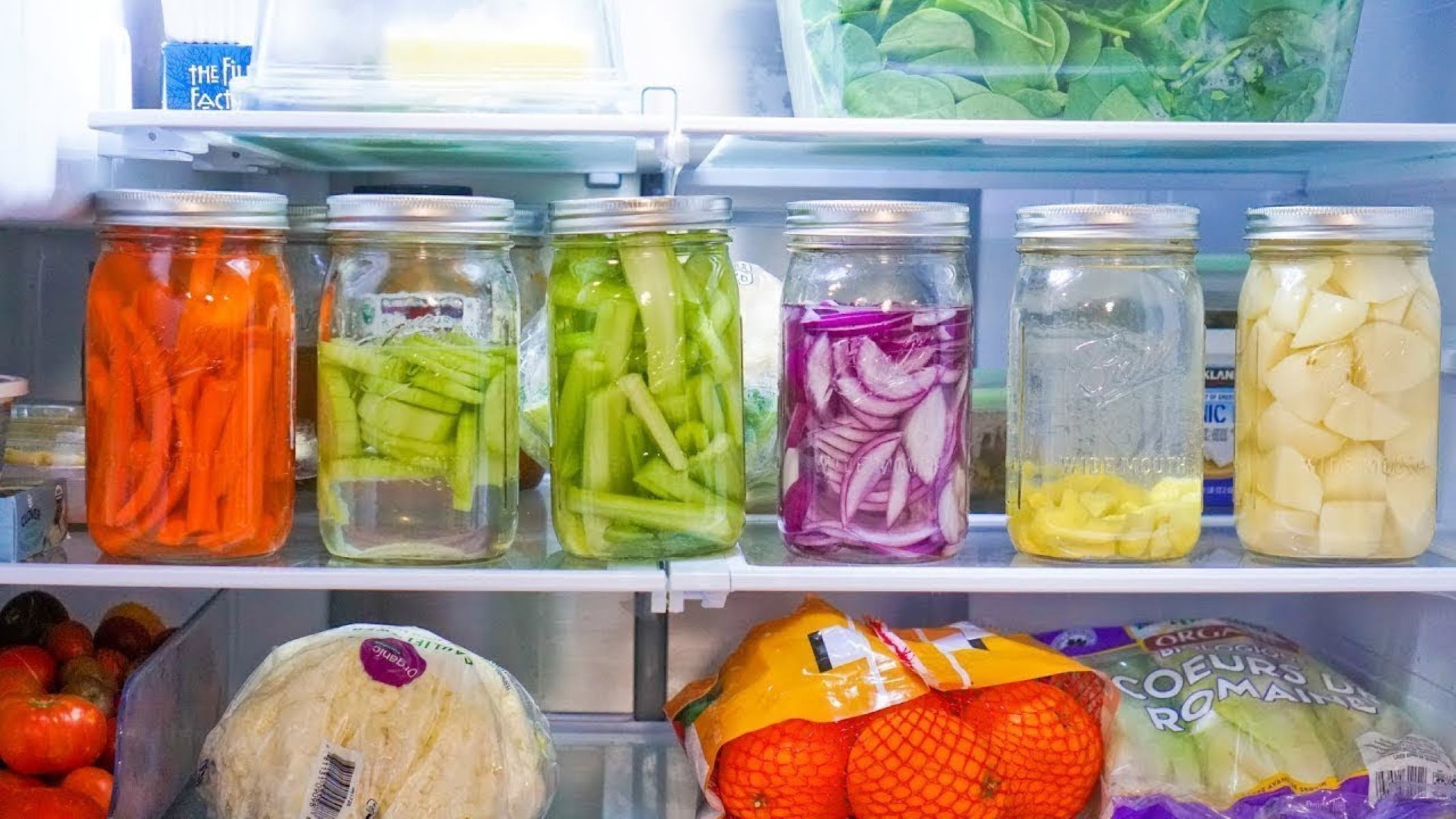
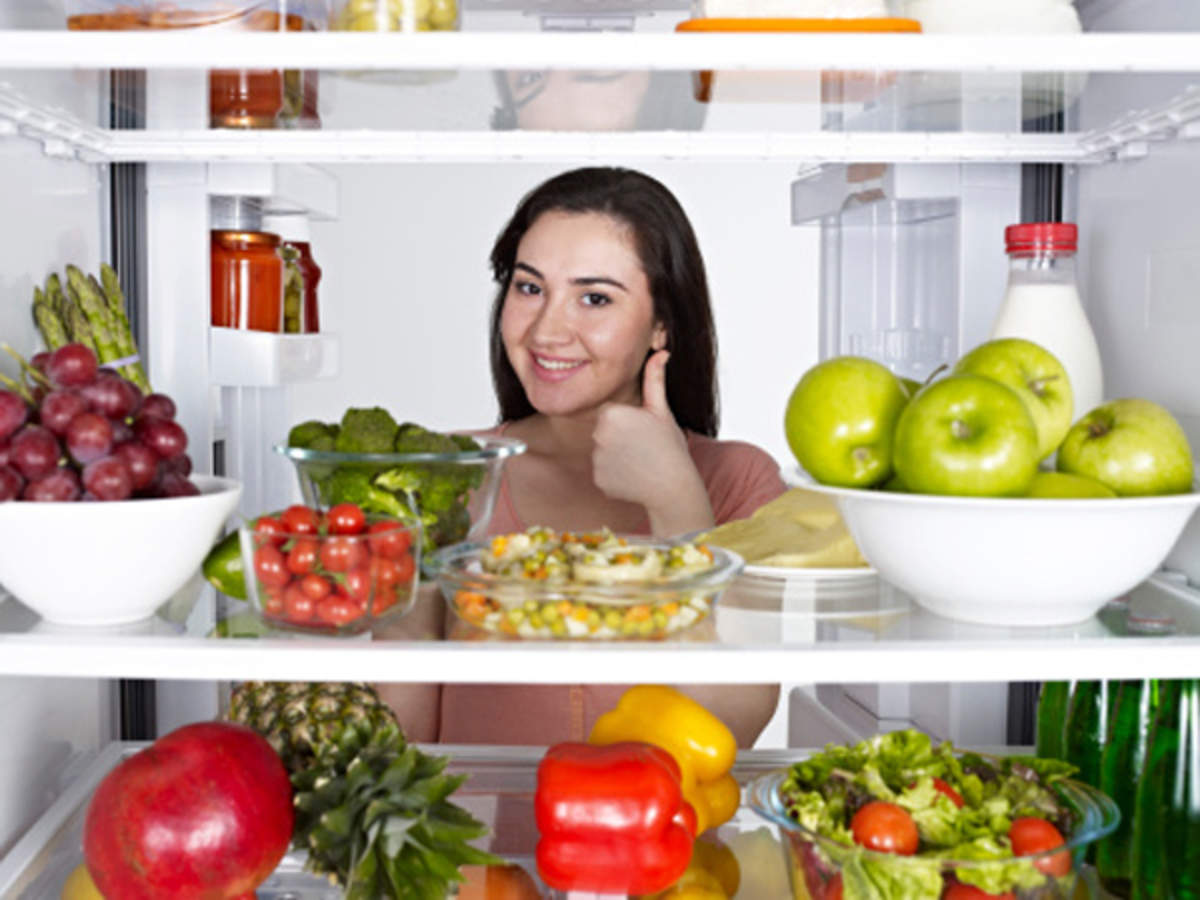
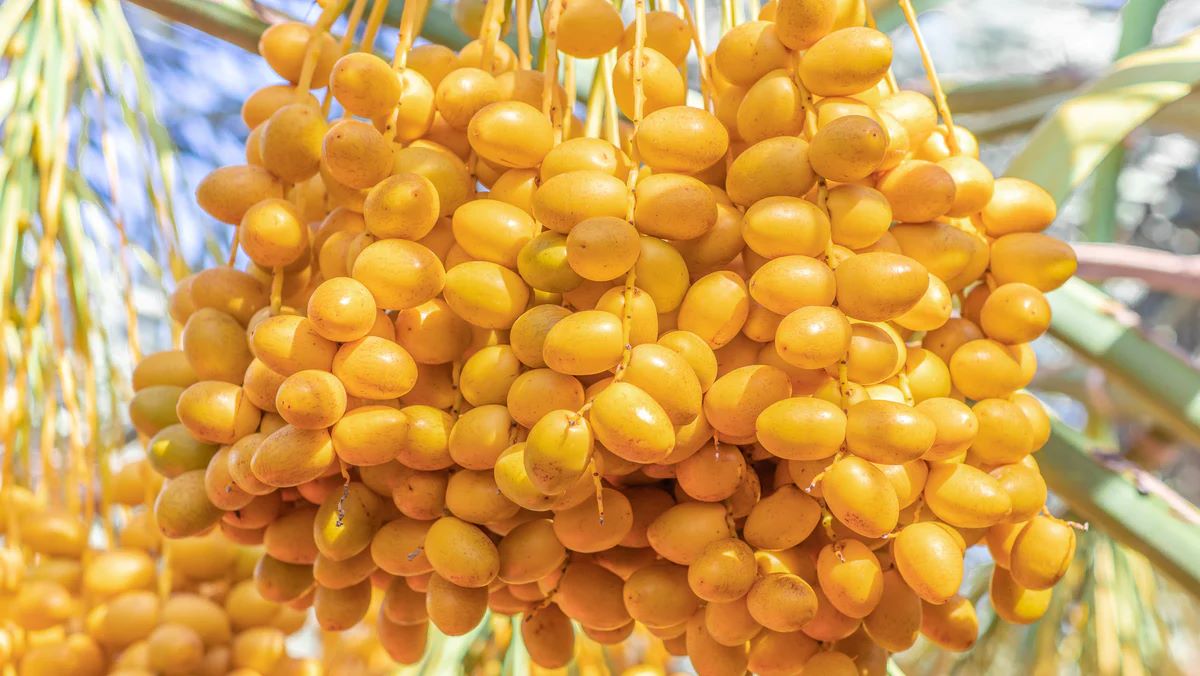
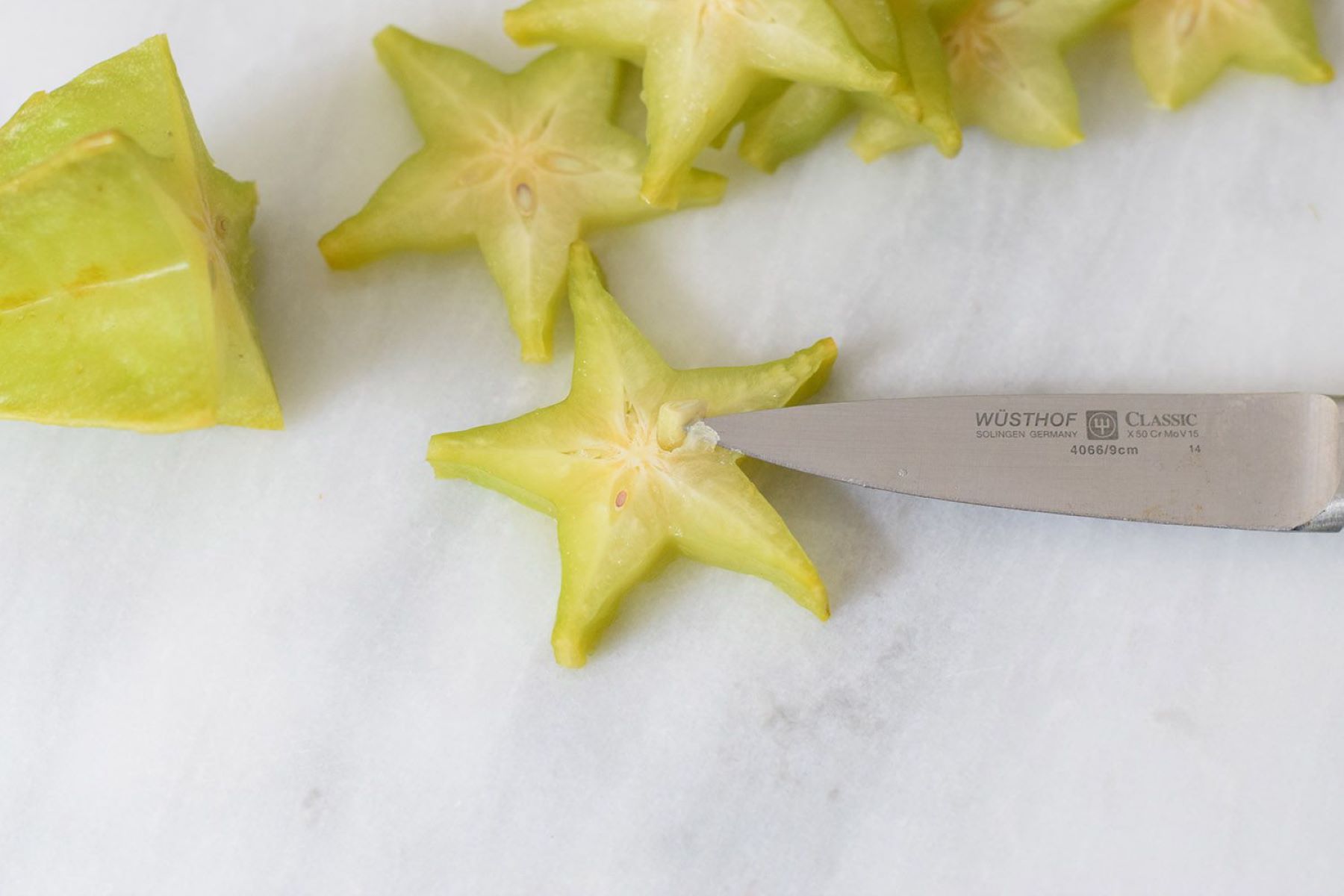
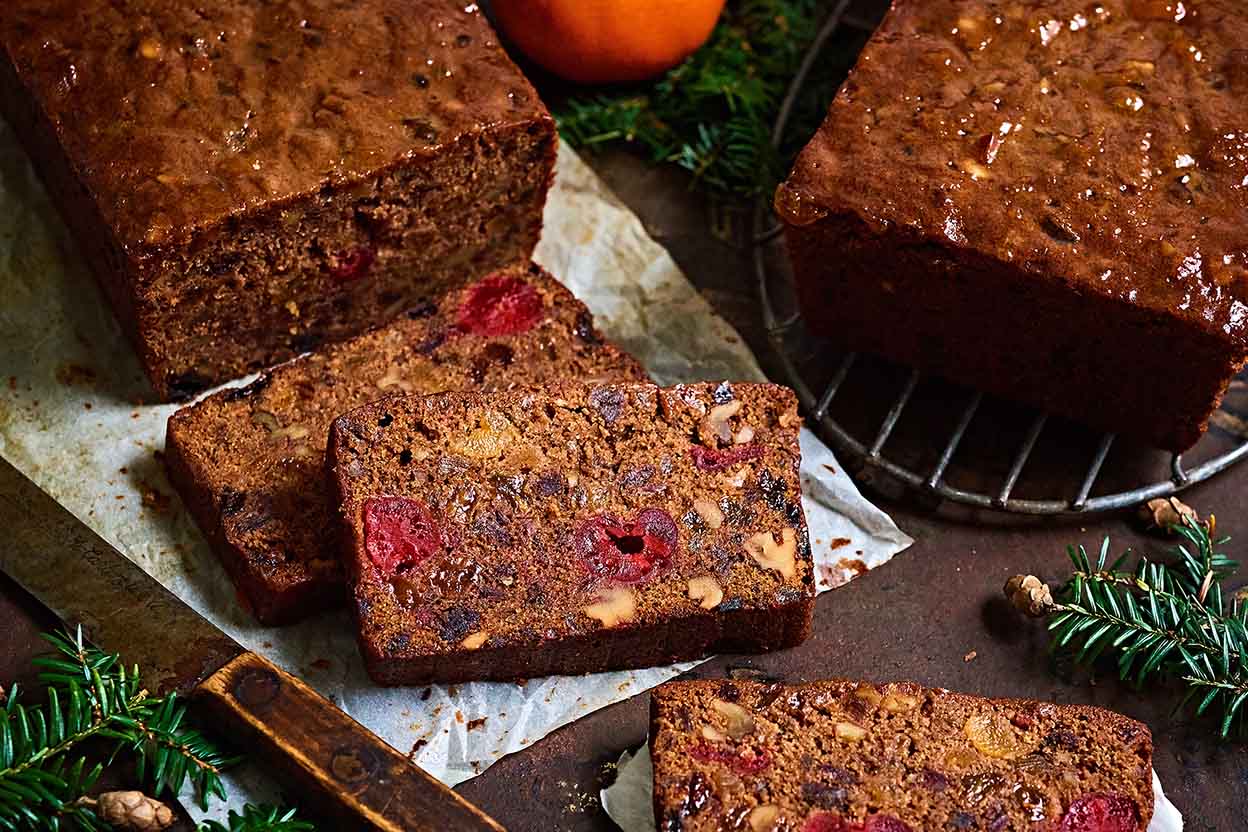
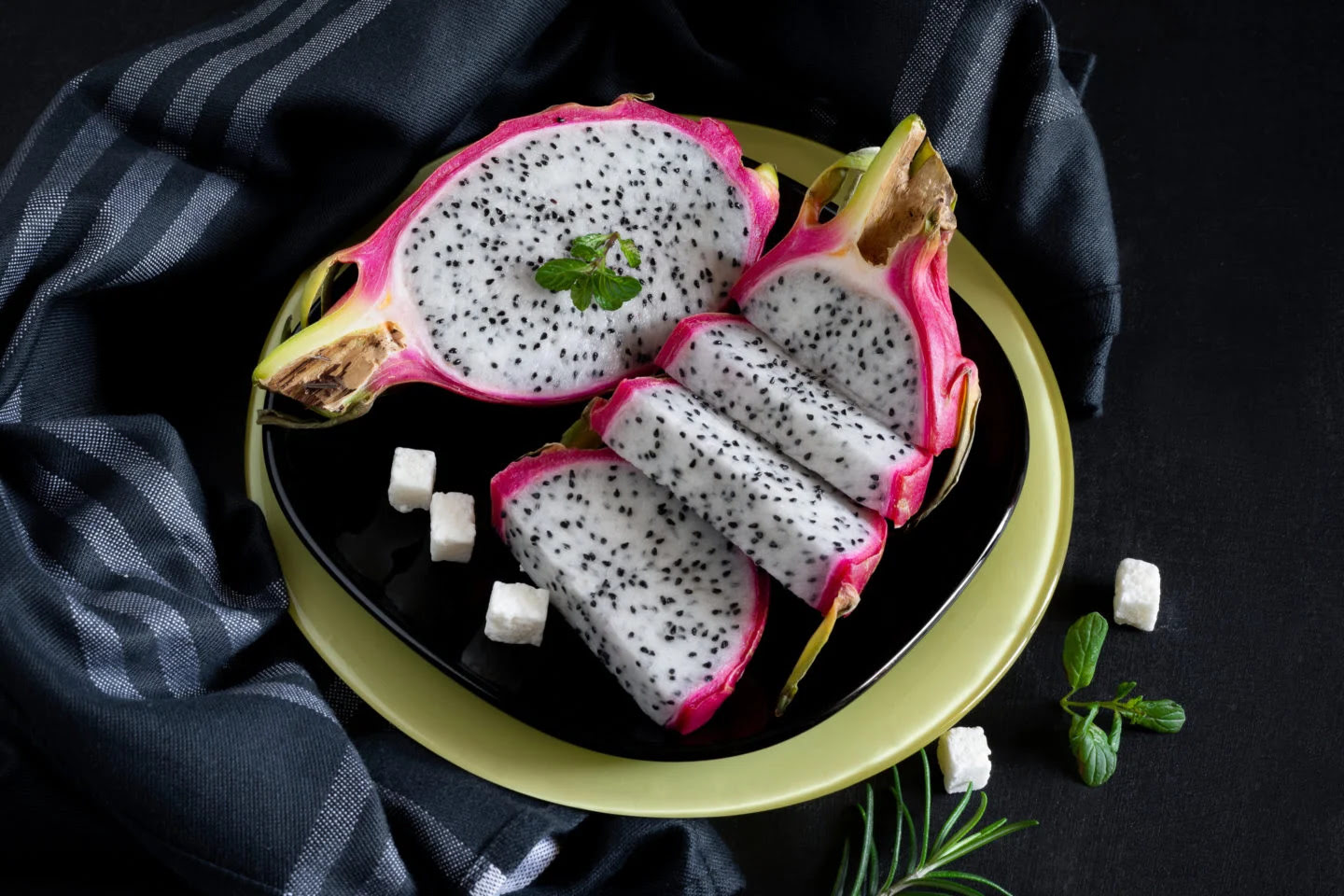
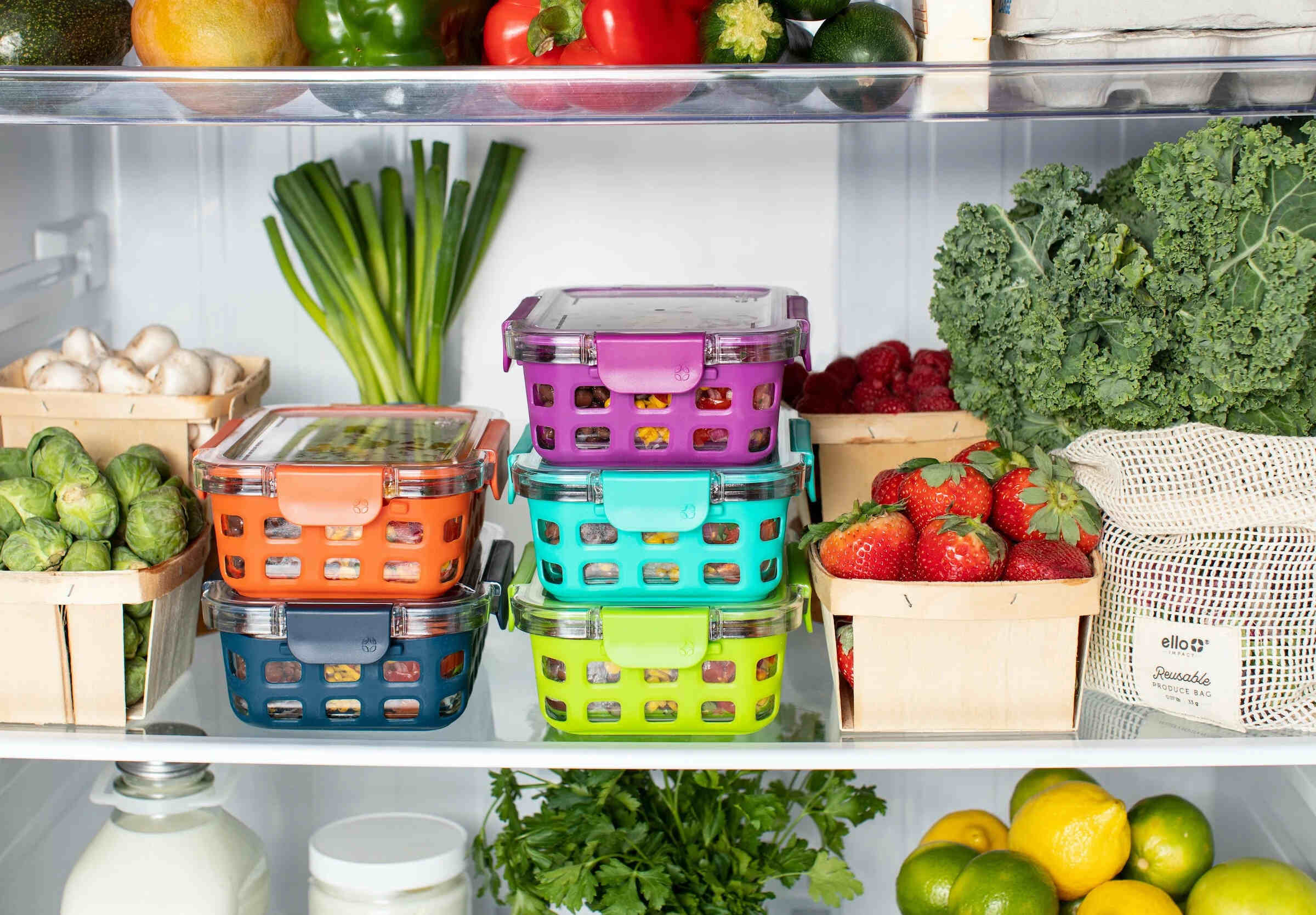
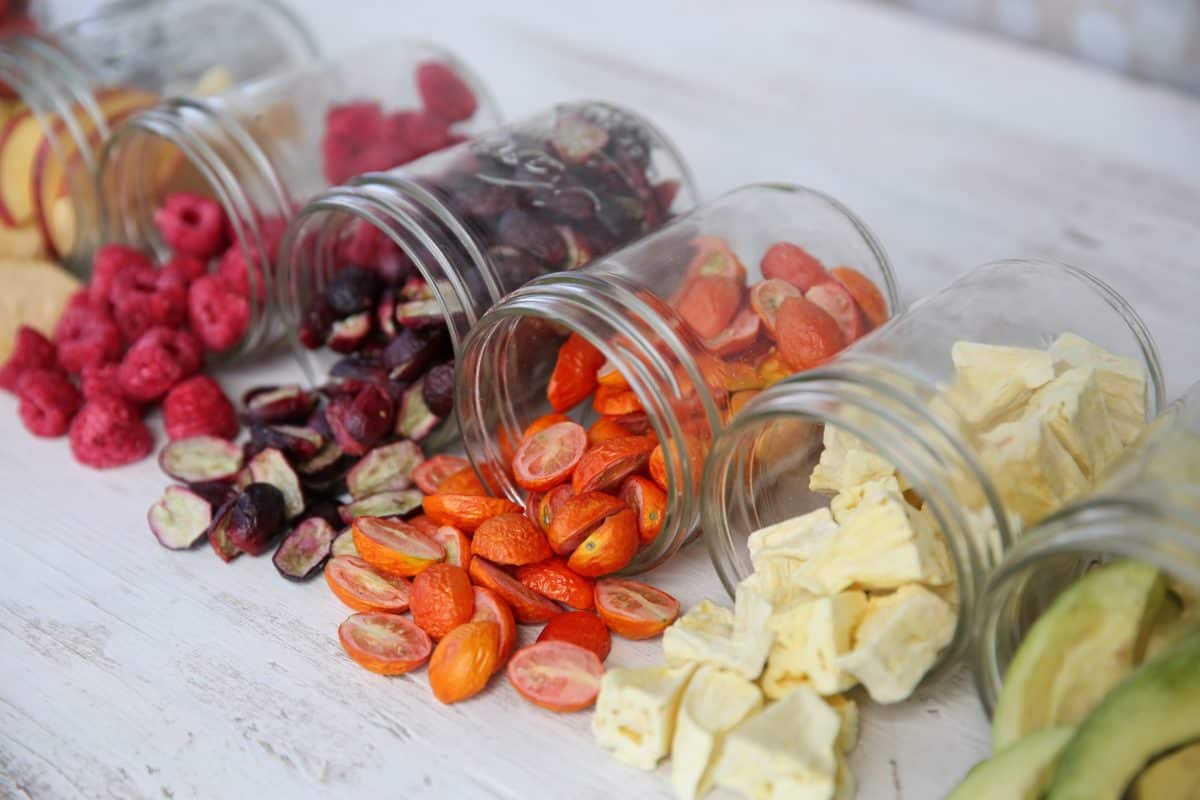
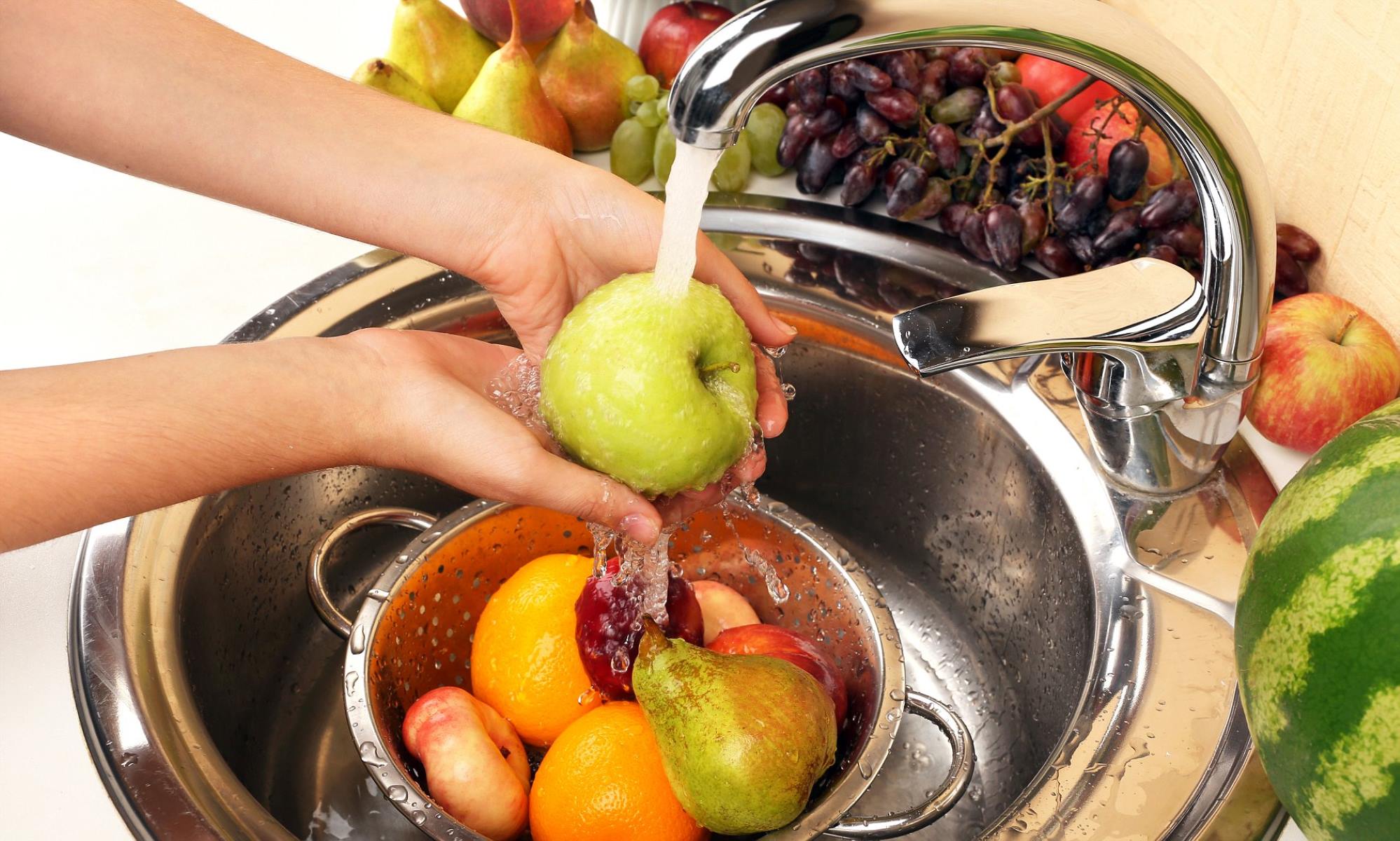
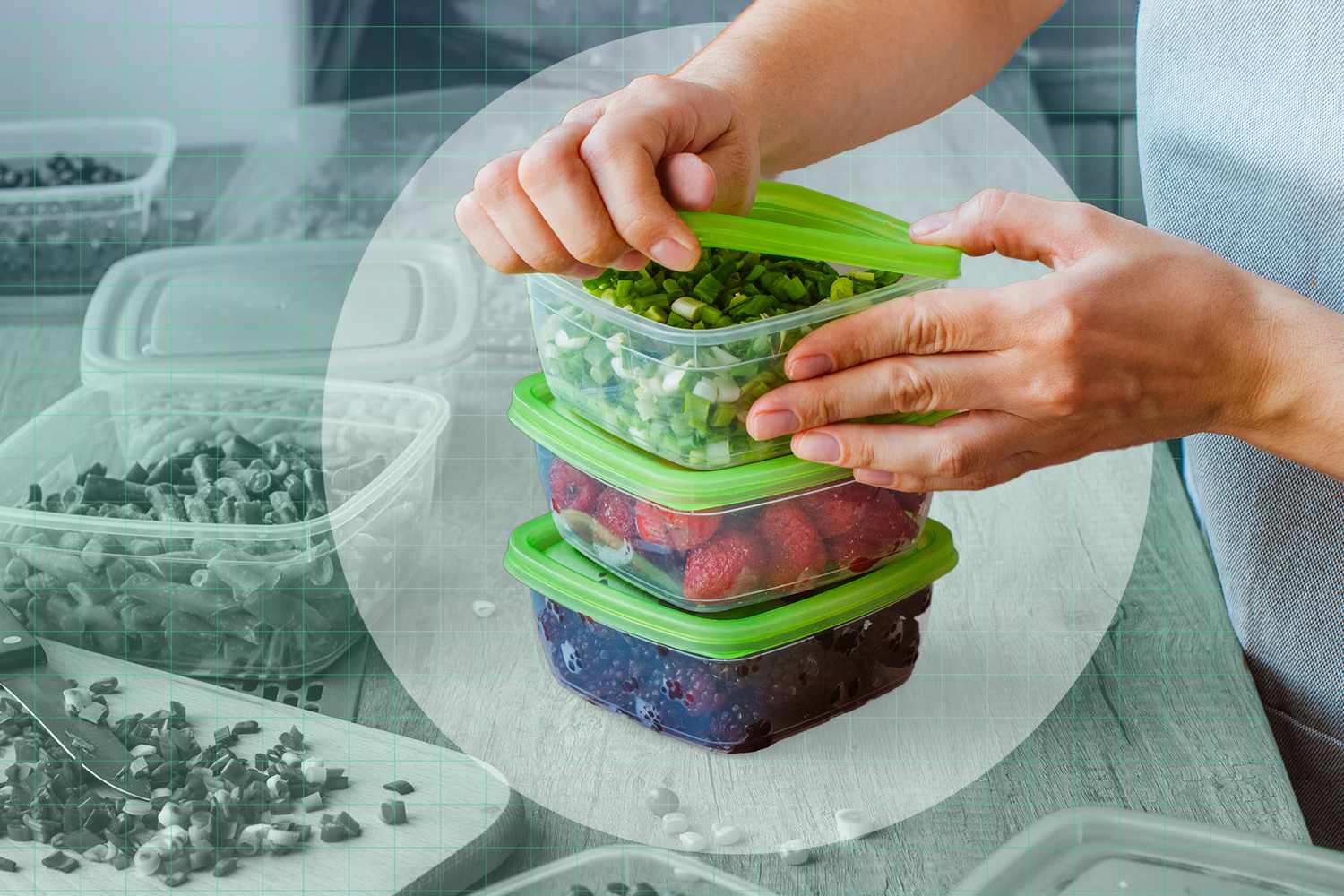
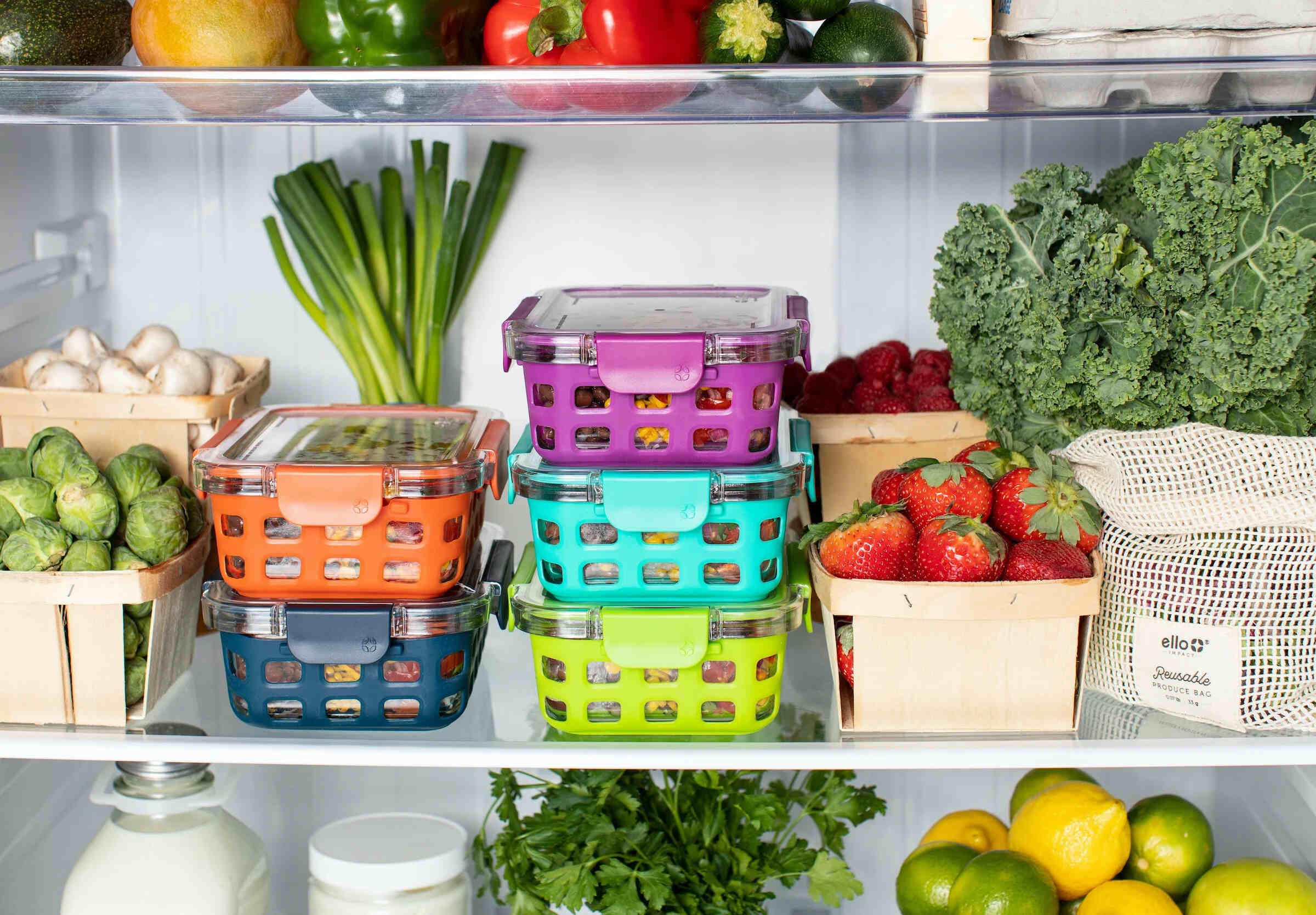

0 thoughts on “How To Store Veggies And Fruits”